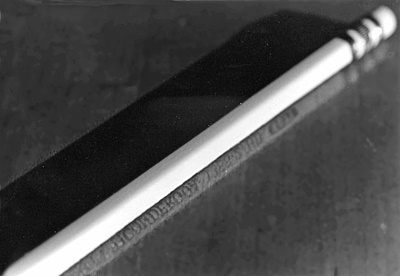All Nonfiction
- Bullying
- Books
- Academic
- Author Interviews
- Celebrity interviews
- College Articles
- College Essays
- Educator of the Year
- Heroes
- Interviews
- Memoir
- Personal Experience
- Sports
- Travel & Culture
All Opinions
- Bullying
- Current Events / Politics
- Discrimination
- Drugs / Alcohol / Smoking
- Entertainment / Celebrities
- Environment
- Love / Relationships
- Movies / Music / TV
- Pop Culture / Trends
- School / College
- Social Issues / Civics
- Spirituality / Religion
- Sports / Hobbies
All Hot Topics
- Bullying
- Community Service
- Environment
- Health
- Letters to the Editor
- Pride & Prejudice
- What Matters
- Back
Summer Guide
- Program Links
- Program Reviews
- Back
College Guide
- College Links
- College Reviews
- College Essays
- College Articles
- Back
Why uniforms stifle education.
Why do schools have uniforms? They institute them because they try to avoid inappropriate environments and distractions. While these problems are very real, uniforms are not the solution. They cause many more problems than they solve. Uniforms not only violate students’ rights, but they also censor their speech and oppress individual thought.
One of the core values on which America was founded is the freedom of speech and expression. If this value was important enough to be in our constitution then, surely it is important enough to be implemented in our schools. In fact, according to the Supreme Court in the precedent setting case of Tinker v. Des Moines School District, the constitution does not stop at the "schoolhouse gate." This means that while students do have fewer rights than an adult citizen, they still have their basic constitutional rights, which include the first amendment. Just to be clear, this only applies for public schools, not private parochial schools. In order for a school to take away your first amendment rights, it would have to prove that it couldn’t fulfill its educational mission without this exception. It cannot be argued that schools need to have uniforms in order to teach because schools have been effectively teaching students for years without them.
Nobody would think to make an argument that all citizens of the United States should have to dress the same simply because it would provide a calmer environment and reduce crime. So why is it ok to do so to students, and since when do we sacrifice constitutional rights for efficiency?
The reason uniforms are considered unconstitutional is because they are a form of censorship. Clothing is a medium of speech. Students use their clothing to voice their political beliefs. Whether it is armbands or shirts with political slogans on them, they are still forms of political speech. By enforcing a uniform, we are doing much more than making sure all students are dressed appropriately; we are stopping students from involving themselves in politics on a personal scale. Schools, as places of education, should be encouraging diversity of thought and opinion, not stifling it.
In fact, uniforms might actually be counterintuitive to the education process by discouraging individual growth and opinion. By dressing every student in exactly the same fashion, the school is creating an environment of singular identity. There is a reason the military has uniforms; it is because uniforms help suppress individualistic thoughts and make it easier for the individual soldier to accept what is being said without question. While this is definitely a important quality to have on the battlefield, it has no place in the classroom.
Without students questioning what is being said to them, how is there to be intellectual discussion or debate in class? How are students to formulate their own opinions and beliefs? An academic environment thrives on questioning everything and having different opinions on different topics. A diversified environment teaches our students to be open-minded and to be ready to explain their points of view to others.
Many people argue that without uniforms students will come to school dressed however they want, and will create an inappropriate environment that is unsuitable for learning. While this is a serious issue, uniforms aren’t the answer to inappropriate environments. That doesn’t mean that there isn’t one. By using lesser means of control, such as having a school dress code, the problem can be solved. The only case where uniforms can be justified is in cases were students safety is concerned. Such as in school districts where gang violence is a legitimate concern and students can be attack based on the very color or style of their clothing.
Except for a few extreme cases, uniforms should not be implemented in schools. There are more than enough reasons to oppose school uniforms. Parents should protect their children's rights, and students should talk to the parents and principals. If parents and students work together then they can successfully rid the system of the dangers of uniforms. Remember these students are our future, do we really want to teach them that their rights are so easily malleable and susceptible to change.

Similar Articles
JOIN THE DISCUSSION
This article has 3 comments.
